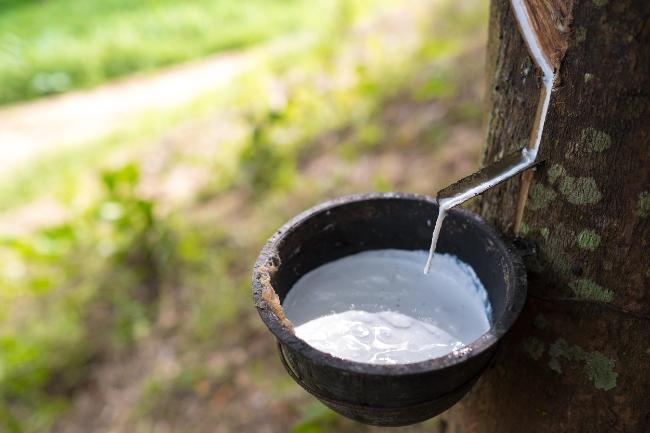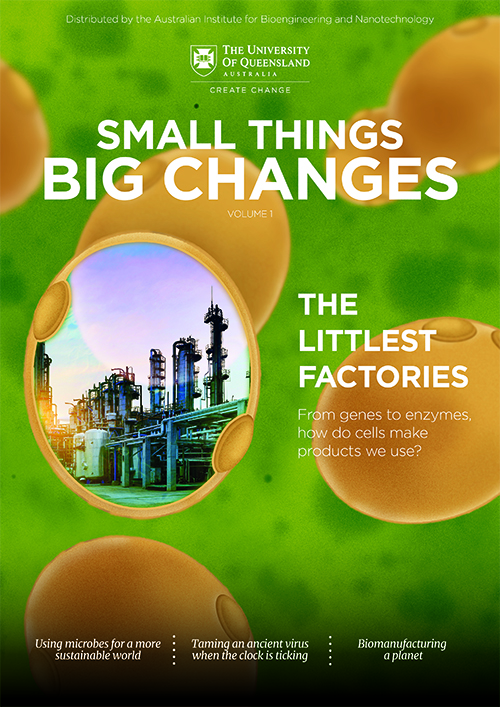When the demand for tyres outstripped the world’s supply of natural rubber, manufacturers changed the recipe to a combination of natural rubber, synthetic rubber and fillers.
 Over 25 litres of oil is used to make one tyre and over a billion tyres are produced worldwide each year
Over 25 litres of oil is used to make one tyre and over a billion tyres are produced worldwide each year
With this in mind, major tyre producers are now using synthetic biology to produce fossil-fuel free alternatives.
Isoprene is a major building block of synthetic rubber, and is currently made almost entirely from petrochemical sources. This compound is naturally produced by some plants when under heat-stress, but like natural rubber, it is not economically viable to harvest it from plants.
To address this, researchers around the world have been turning to microbes. For example, scientists in China have recently hijacked the pathway that the marine bacterium Synechococcus elongatus uses for photosynthesis, altering it to produce high quantities of isoprene in the laboratory, while using carbon dioxide as fuel.
Meanwhile, researchers in the US are using carbohydrates from plants as a feedstock for specially designed yeast that ferments those carbohydrates into low cost alcohols. They’ve now developed an add-on chemical process that then converts the alcohol into isoprene.
It is not only our vehicles that these developments will benefit – building blocks for rubber are also used to produce rubber-based products used in a wide range of industries, including the medical and construction industries.
Natural rubber
The rubber tree (Hevea Brasilensis) is native to the Amazon region but introduced to many parts of the tropics for rubber production. Latex is harvested from the tree (called "rubber tapping") and used to make rubber. In the past, tyres were made entirely from natural rubber.
Synthetic rubber
First made in 1961, building blocks for rubber currently are sourced from petroleum, for example butadiene and isoprene.

